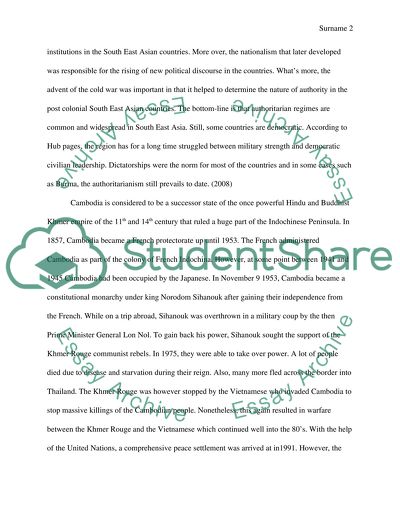Cite this document
(“Politics in South East Asia Essay Example | Topics and Well Written Essays - 3000 words”, n.d.)
Retrieved from https://studentshare.org/social-science/1549198-politics-in-south-east-asia
Retrieved from https://studentshare.org/social-science/1549198-politics-in-south-east-asia
(Politics in South East Asia Essay Example | Topics and Well Written Essays - 3000 Words)
https://studentshare.org/social-science/1549198-politics-in-south-east-asia.
https://studentshare.org/social-science/1549198-politics-in-south-east-asia.
“Politics in South East Asia Essay Example | Topics and Well Written Essays - 3000 Words”, n.d. https://studentshare.org/social-science/1549198-politics-in-south-east-asia.


